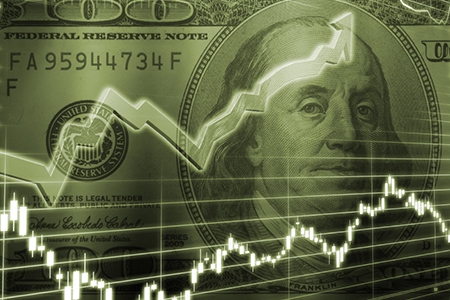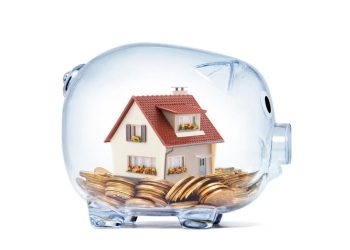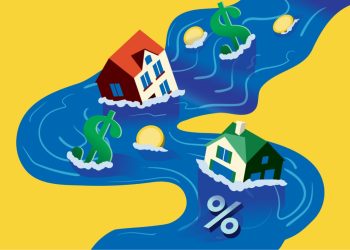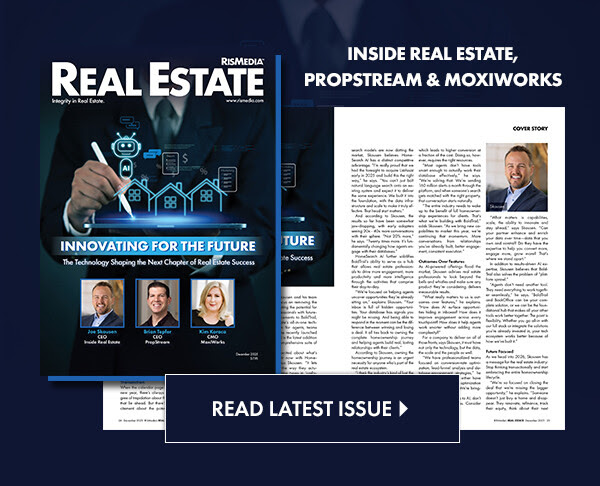On Wednesday, the Federal Reserve concluded a two-day meeting with the long awaited announcement that they will be pushing the key interest rate higher for the first time in nearly a decade, with an increase of 0.25 percent. The increased rate will impact consumers on many levels; the increased rate is the percentage that banks charge one another for short-term loans. This means it will affect everything from credit card rates to mortgages and investment returns.
The first increase since June 2006, this bump shows the Fed is instilling further confidence in the US economy, and is their first major move since the financial crisis. The impact on the real estate industry, however, could be mixed.
“The Fed is seeing more people going back to work, and with the expectation of job growth for America, it feels comfortable with its intent to raise rates,” says Berkshire Hathaway HomeServices President Stephen Phillips. “But the reality is that an entire generation of first-time buyers has never experienced a meaningful rate increase; this is a new and unfamiliar phenomenon to them.”
Related: Consumers See Interest Rate Increase from Opposite Angles
According to David Howell, executive vice president and CIO of Washington, D.C.-based McEnearney Associates, the short-term impact on mortgage rates going up works both ways: it will have a negative impact on those with adjustable rate mortgages and home equity lines of credit. However, adds Howell, rising rates – on the short term – have historically brought more purchasers into the market, sensing that they should act now before rates go higher.
The quarter of a percentage point rise in mortgage rates would add about $43 a month to a hypothetical $300,000, 30-year mortgage with a 3.75% rate, explains Gino Blefari, CEO of HSF Affiliates. “A bump in mortgage rates has more bark than bite,” he says. “The average American spends about twice as much every month on coffee.”
So will this impact consumers immediately? Experts say it will be a slow change, and expect a gradual series of rate hikes over the next year, so that the uptick will not negatively impact the healing economy or housing market. Educating consumers will become a critical task for brokers and agents.
“A rate increase will give brokers a factual reference point to start the conversation about likely future increases,” said Sam DeBord, managing broker at Seattle Homes Group, Coldwell Banker Danforth, in a recent interview with RISMedia. “A significant rate increase can be developed into visual marketing and education materials that show what effect it had on buyers’ mortgage expenses, and what a future likely increase would do to compound that effect on their buying power. It gives us a teaching tool that’s based on tangible, recent events that consumers will understand.”
Mark Fleming, chief economist at First American said the modest increase is good for the health of the housing market.
“For the first time since before the iPhone, the Federal Reserve has done it—raised the Federal Funds target rate by a modest quarter percent,” Fleming said. “This increase can actually be a good thing for the long-term health of the housing market. We are finally embarking on a path of rate normalization that will slow price appreciation and implies faster income growth, ending an era of leverage-assistedasset inflation, which is hampering affordability and undermining the housing market.”
“As always, our agents and the industry as a whole must take great care to educate buyers and sellers about the real estate process, which includes mortgage rates,” says Blefari. “A Fed rate increase may grab people’s attention, yet the cost of borrowing money to buy a home remains historically low by all measurements. From our perspective, mortgage rates will remain low for years to come, and that’s good for consumers and the real estate market.”
For more information and to keep up with breaking updates, visit www.federalreserve.gov.











